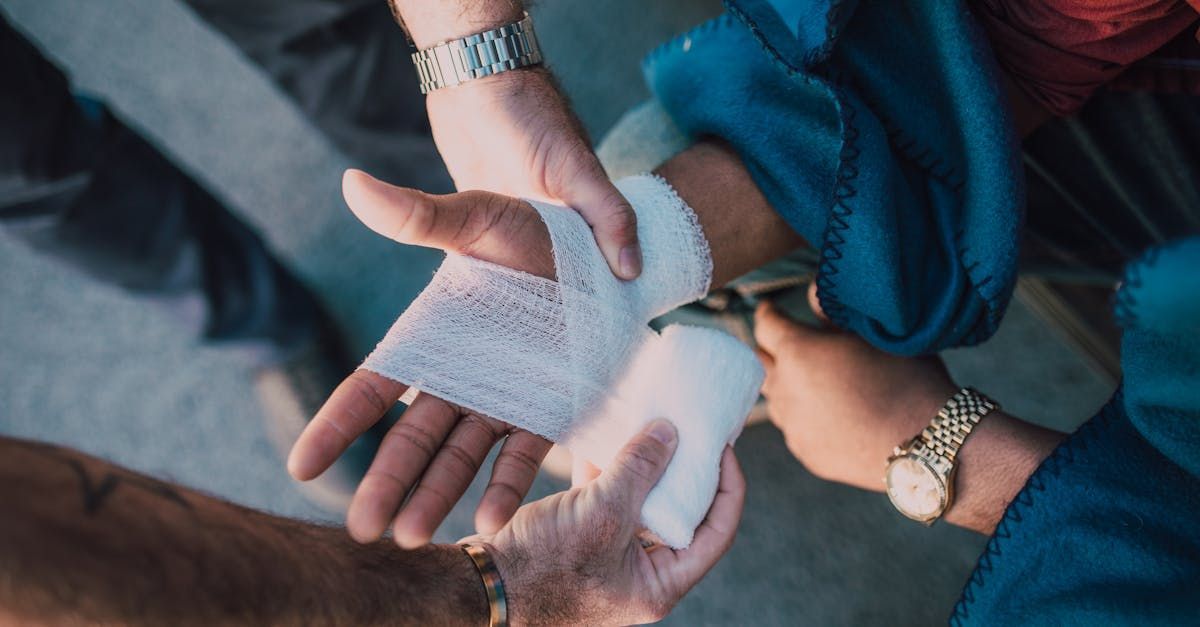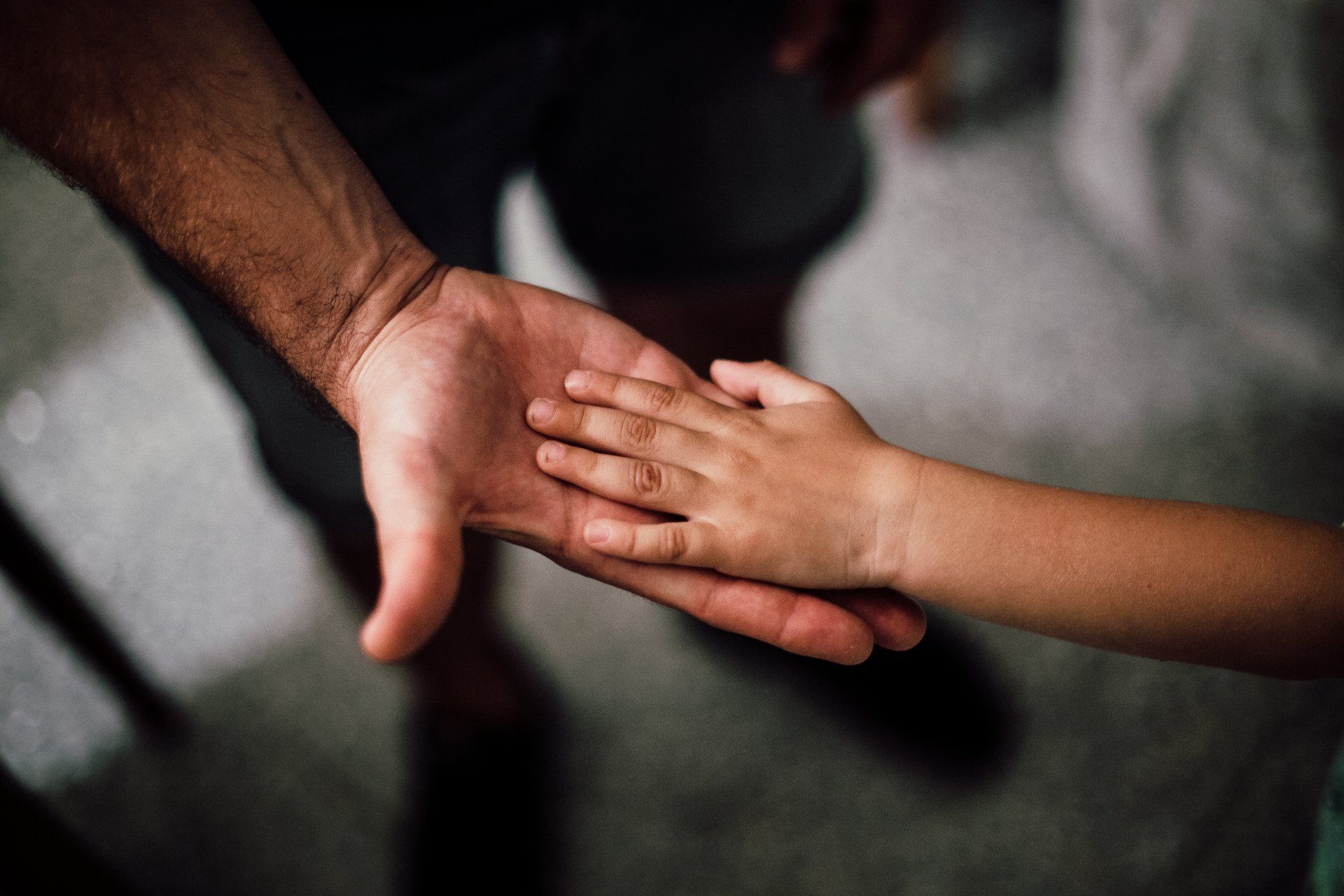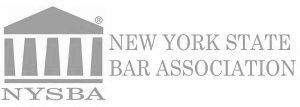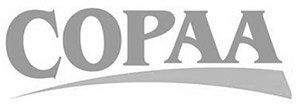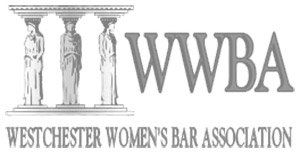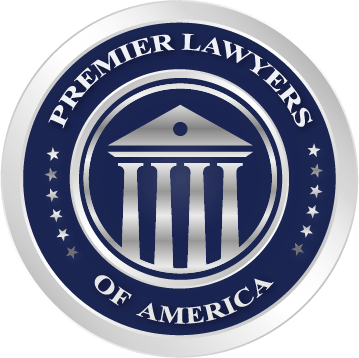When Negligence in Schools Causes Harm: Understanding Your Child’s Rights
Every parent sends their child to school expecting a safe learning environment. Yet sometimes schools fail to protect students from potential harm through negligence and misconduct. Such failures can result in serious physical or emotional injuries that impact a child's well-being and future.
The law practice of Gina DeCrescenzo PC appreciates the critical nature of school safety. We also understand the legal protections available to families when educational institutions don't meet the expected standards of care. Schools have a legal responsibility to maintain a secure environment where children can learn without facing needless risks. We will work hard to ensure you know and can protect your rights and those of your child.
Legal Responsibilities of Schools
Schools have significant legal responsibilities to protect the students under their supervision. The duty of care represents a core legal concept that requires institutions to take reasonable steps to prevent foreseeable harm from negligence. For districts, this means creating and maintaining a safe environment that anticipates and mitigates potential risks to students who could be injured in school.
In educational settings, the duty of care extends beyond basic physical safety. School administrators must protect students from reasonably predictable dangers including bullying, unsafe physical conditions, inadequate supervision and potential abuse. Students injured in school may have legal recourse.
Most municipalities recognize that schools face complex liability challenges. To manage potential legal risks, large school districts like the ones in New York City or Yonkers, New York typically carry comprehensive insurance policies. Such insurance policies provide financial protection for settlements and judgments that might arise from negligence claims. This means you shouldn't worry about depriving the school district if you pursue a claim.
Key Legal and Safety Responsibilities of Schools
Schools have comprehensive responsibilities to ensure student safety across nearly all aspects of student life. Adequate supervision stands as the cornerstone of protecting students from potential harm. This means maintaining appropriate staff-to-student ratios. It also requires consistent and attentive monitoring during school hours, including:
- Classrooms
- Playgrounds
- Hallways
- School events
- Field trips
- Extracurricular activities
Facility safety is another major responsibility. Schools must maintain buildings and grounds in a condition that minimizes risks of injury. This involves regular maintenance inspections, prompt repair of hazardous conditions, securing potentially dangerous areas and ensuring compliance with building and safety codes. Broken equipment, uneven surfaces, inadequate lighting or poorly maintained spaces create environments where students might be injured in school.
Addressing bullying and harassment requires proactive strategies. Schools must develop clear policies that define unacceptable behaviors, establish reporting mechanisms and implement consistent consequences for violations. Likewise, schools need to track behavior patterns and address repeat offenders before they harm others. Anti-bullying policies should protect students from physical, emotional and online forms of harassment. The goal is to create and maintain a safe learning environment that supports students' physical and psychological well-being. Even if the bullying is happening off of school grounds or over a computer in the comfort of your own home, the district may still be liable.
Proper hiring and training of staff is fundamental to safety. Schools must conduct thorough background checks, verify professional credentials and provide ongoing training in student safety protocols. The training should include understanding the following:
- Child development
- Signs of abuse, bullying and harassment
- Appropriate guidelines for interacting with students
- How to respond to threats and other safety issues
Emergency preparedness demands detailed planning and regular practice. Schools must develop protocols for many potential emergencies including medical incidents, natural disasters, potential security threats and other unexpected situations. Districts need to have clear evacuation plans, staff training in emergency response, essential medical supplies and communication systems that can quickly alert parents and authorities when incidents occur.
What Is Negligence in a School Setting?
Negligence and misconduct in schools represent serious breaches of institutional responsibility. In legal terms, negligence occurs when a school fails to exercise reasonable care that a prudent institution would typically provide under similar circumstances. This means the school did not take appropriate steps to prevent foreseeable harm to students.
To establish a negligence claim, four key elements must be present.
- First, the school must owe a duty of care to the student.
- Second, the school must have breached that duty through action or inaction.
- Third, the breach must have directly caused an injury.F
- inally, the student must have suffered demonstrable damages, such as medical bills, as a result of the breach.
In New York City, complex urban school environments create unique challenges. Specific scenarios might include inadequate supervision during physical education classes, failure to address known safety hazards in school facilities, ignored reports of persistent bullying or improper screening of staff members with access to students. Common examples of school negligence and misconduct include:
- Leaving young students or students with special needs inadequately supervised or unsupervised
- Ignoring repeated complaints about dangerous conditions
- Failing to intervene in clear cases of student harassment or bullyingN
- ot providing necessary medical assistance during emergencies
If you child suffered any injuries as a consequence of these or any other form of negligence or misconduct (physical/sexual), do not hesitate to file a claim.
Examples of School Negligence and Misconduct
School environments present multiple opportunities for potential negligence. Playground injuries are a common source of claims. Inadequate supervision, poorly maintained equipment or unsafe surface designs can lead to serious accidents. Children might sustain injuries from falls, improperly secured playground equipment or lack of appropriate safety monitoring or supervision.
Bullying and harassment are ever-present challenges for student safety. New York state anti-bullying laws provide legal frameworks for addressing these issues, but implementation remains critical. Persistent patterns of harassment that go unaddressed can cause long-term psychological harm, transforming schools from learning environments into sources of significant emotional trauma.
Transportation accidents present another complex negligence scenario. School buses and transportation systems require rigorous safety protocols. Driver training, vehicle maintenance, student supervision and adherence to traffic regulations become essential in preventing potentially catastrophic incidents.
Unsafe facilities represent a direct threat to student well-being. Structural defects, electrical hazards, improper maintenance and unaddressed environmental risks can create dangerous conditions. Large urban school systems like those in New York City and Yonkers, New York face particular challenges in maintaining aging infrastructure across numerous locations.
Faculty misconduct encompasses a range of serious issues. While most educators are dedicated professionals, instances of inattention, inappropriate behavior or abuse can cause significant harm. Sexual abuse, physical misconduct and systemic neglect represent severe violations of student, parental and public trust. Every incident requires thorough investigation and accountability.
School negligence extends to seemingly mundane situations like inadequate cafeteria supervision. Moments of inattention can escalate quickly, with horseplay or uncontrolled interactions potentially leading to serious injuries. There are also choking risks associated with cafeterias. Likewise, kids are sometimes close to food service equipment which can injure them.
In large urban school systems, individual students can easily fall through administrative cracks. However, that reality demands a proactive legal response from parents. No institutional, political, economic or social challenge justifies compromising your child's physical or emotional well-being.
Common Challenges in Bringing Claims Against Schools
Pursuing legal action against schools involves navigating complex legal obstacles.
New York's legal landscape presents unique filing requirements. Under New York Civil Practice Law and Rules, claimants face deadlines for notifying schools of the intent to file a claim. A short filing window demands swift action. Oftentimes, families must file a notice of claim within 90 days of the incident.
Evidence collection is critical and challenging. Schools frequently won't volunteer documentation of their potential negligence. Families must proactively gather comprehensive evidence immediately after an incident. This includes collecting:
- Incident reports
- Medical records and doctors' reports
- Photographic evidence
- Witness statements
- Surveillance videos
- Phone recordings
Institutional resistance creates additional barriers. Large schools, municipalities and their insurers have extensive legal resources and established defense strategies. Many families feel intimidated by the prospect of challenging a government entity or don't want to start a legal fight with people they'll still have to deal with. Despite these obstacles, holding institutions accountable is essential for protecting the safety and rights of your child and other students. Just turn the case over to Gina DeCrescenzo PC so that we can take the reigns.
Conclusion
The office of Gina DeCrescenzo PC stands with families navigating school negligence claims. Our firm provides comprehensive case evaluations, builds strong legal strategies and advocates tirelessly for justice. We understand the emotional challenges families face and offer our clients compassionate support at every step of the process. If your child has been harmed due to school negligence or teacher misconduct, contact us to learn about your legal options and to protect your family's rights.







